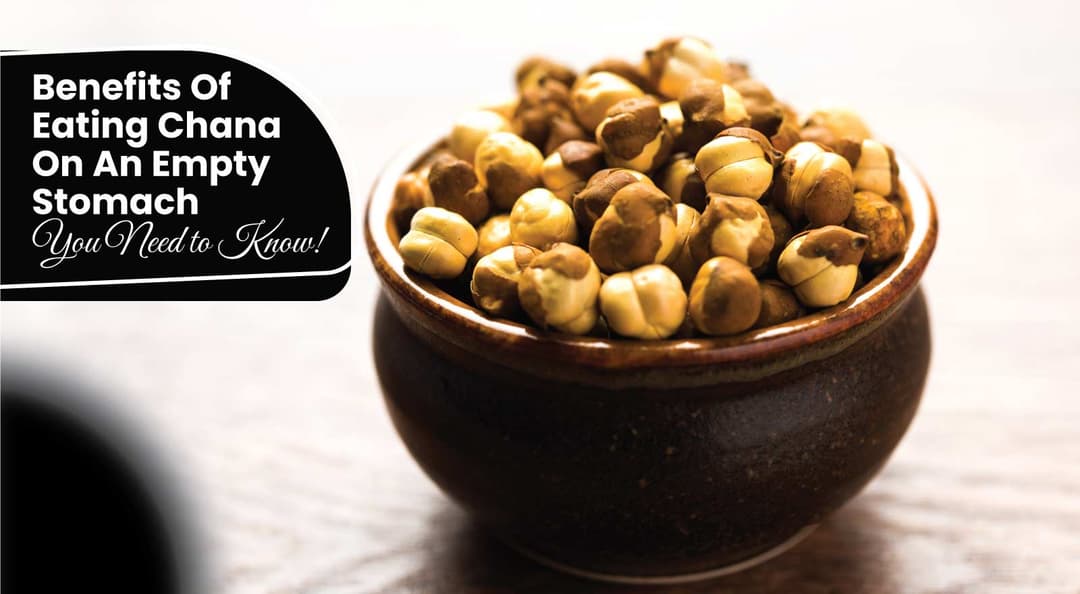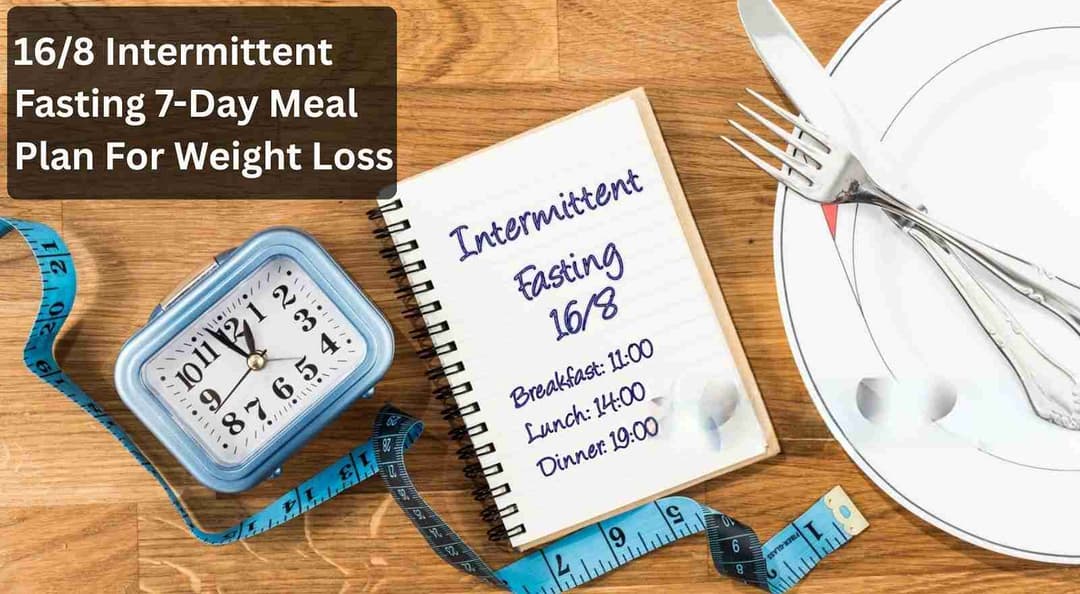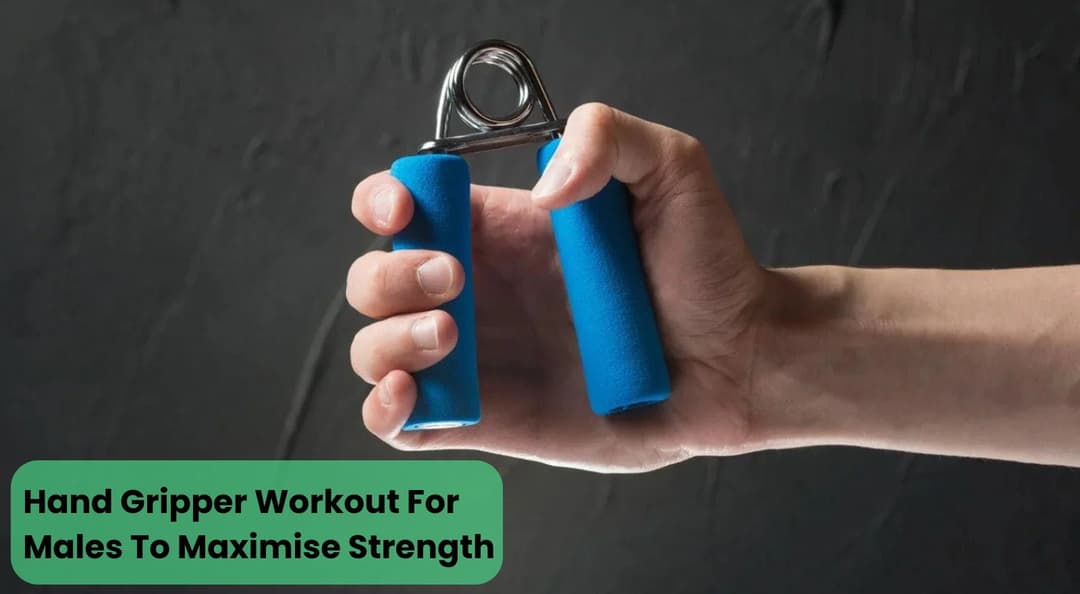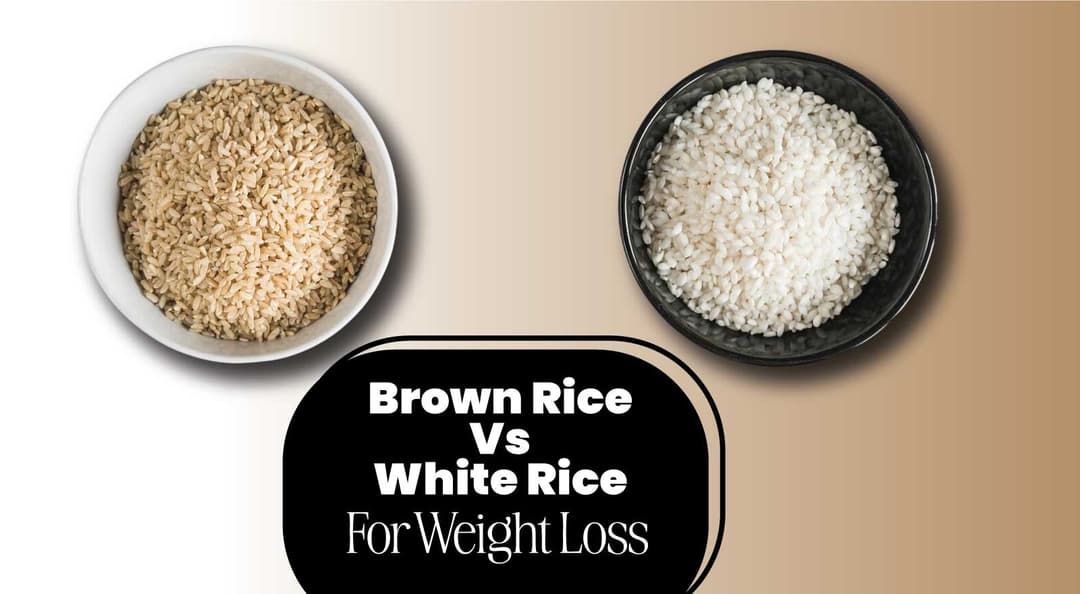Developing strong and well-defined forearms is key to building average arm strength and improving appearance. To achieve this, it is essential to incorporate the best forearm exercises into your workout routine. Hammer curls, wrist curls, farm walks, and the popular reverse wrist curls are the most preferred best forearm workouts. But to include all these exercises effectively in your plan, you need an advanced workout routine for forearm training.
For example, wrist curls and opposite curls are the best forearm exercises at home, mainly targeting the extensor and flexor muscles of your forearm, although hammer curls work the biceps and forearms simultaneously. Farm walks and clutching plates are not the most adept for supporting the forearms, but they additionally increase grip, electricity and balance. Likewise, there are other best forearm exercises that greatly assist your fitness goals.
This blog explores the best forearm exercises and provides tips on how to train your forearms effectively. It includes the best forearm exercises with no equipment, with a constant increase in intensity. Let’s get started!
Table Of Contents
1. 5 Best Forearm Exercises For Beginners
2. Advanced Forearm Workout Plan
3. How To Train Forearms?
4. Best Arm Exercises Without Equipment
5. Expert’s Advice
6. The Final Say
7. FAQs
8. References
5 Best Forearm Exercises For Beginners

Let’s explore these best forearm exercises with instructions to start in the right way:
1. Wrist Curls
It strengthens the flexor muscles of the forearm, enhances wrist flexibility, and improves grip strength, which is essential for activities like weightlifting and racquet sports.
Instructions To Follow:
Grasp a barbell with your underhand grip or even a dumbbell with your palms facing upward.
Sit on a bench, positioning your forearms on your thighs with the weights hanging over your knees.
Flex your wrists to lift the weights upward, then lower them back down slowly.
Aim for 3 sets of 10-12 repetitions using a weight that provides a challenge.
2. Reverse Wrist Curls
It targets the forearm extensor muscles, helps in muscle development with balance while reducing possible risk of your injuries, and improves forearm stability for various daily tasks.
Instructions To Follow:
Hold a dumbbell with an overhand grip or barbell, palms facing downward.
Sit on a bench with your forearms on your thighs and the weights hanging over your knees.
Extend your wrists to lift the weights upward, then lower them down under control.
Complete 3 sets of 10-12 repetitions with a weight that challenges you.
3. Hammer Curls
It engages both the forearm and bicep muscles, promotes balanced arm development, enhances grip strength, and improves gripping and lifting performance.
Instructions To Follow:
With a neutral grip and your palms facing each other, hold dumbbells.
Stand with both your arms fully extended by your sides.
Curl the weights up towards your shoulders, maintaining a neutral grip.
Lower the weights under control.
Perform 3 sets of 10-12 repetitions.
4. Plate Pinch Holds
It strengthens grip and pinch strength, enhances finger agility and coordination, improves hand endurance, and helps prevent hand fatigue during activities requiring sustained grip.
Instructions To Follow:
Grip two weight plates together with the smooth sides facing outward.
Pinch the plates between your fingers and thumbs, keeping your arms extended.
Hold the plates for as long as possible, aiming for 30-60 seconds.
Repeat for 3 sets, increasing the weight gradually as you progress.
5. Farmer's Walk
It provides a functional full-body workout, primarily targeting the grip, forearm, and shoulder muscles, improves grip endurance for heavy loads, and enhances overall strength and stability for daily activities and sports.
Instructions To Follow:
Hold a heavy dumbbell or kettlebell in each hand at your sides.
Walk for a pre-targeted distance or time while maintaining a firm grip on the weights.
Keep your shoulders towards back plus chest up throughout the exercise.
Perform 3 sets of 30-60 seconds each.
Advanced Forearm Workout Plan
This advanced forearm workout plan is designed to target your forearm's flexor and extensor muscles while improving grip strength. By incorporating various exercises over 12 weeks (about 3 months), you can effectively challenge your forearm muscles and enhance their strength and endurance.
Week | Day | Exercise | Sets | Reps |
Week 1-2 | Day 1 | Wrist Curls | 3 | 10-12 |
| Day 2 | Reverse Wrist Curls | 3 | 10-12 |
| Day 3 | Hammer Curls | 3 | 8-10 |
Week 3-4 | Day 1 | Plate Pinch Holds | 3 | Max duration |
| Day 2 | Wrist Roller | 3 | 1-2 |
| Day 3 | Towel Hangs | 3 | Max duration |
Week 5-6 | Day 1 | Wrist Curls | 3 | 10-12 |
| Day 2 | Reverse Wrist Curls | 3 | 10-12 |
| Day 3 | Farmer's Walk | 3 | 30-60 sec each |
Week 7-8 | Day 1 | Hammer Curls | 3 | 8-10 |
| Day 2 | Plate Pinch Holds | 3 | Max duration |
| Day 3 | Wrist Roller | 3 | 1-2 |
Week 9-10 | Day 1 | Towel Hangs | 3 | Max duration |
| Day 2 | Wrist Curls | 3 | 10-12 |
| Day 3 | Reverse Wrist Curls | 3 | 10-12 |
Week 11-12 | Day 1 | Farmer's Walk | 3 | 30-60 sec each |
| Day 2 | Plate Pinch Holds | 3 | Max duration |
| Day 3 | Wrist Roller | 3 | 1-2 |
You must gradually increase your sets intensity and duration of each exercise as you progress through the weeks to continue challenging your muscles and seeing improvements in your forearm strength and grip. Being consistent plus maintaining a proper form helps in getting the best results from this workout plan.
Also Read: Discover The Best Workout Routine For Legs At The Gym!
How To Train Forearms?
Training your forearms effectively involves a strategic approach that considers the anatomy and physiology of the muscles involved. Let’s explore this guide on how to train your forearms:
1. Exercise Selection Based On Muscle Activation
Opt for exercises that target different muscle groups within the forearms to ensure comprehensive development. For instance, wrist curls primarily activate the flexor muscles, while reverse curls target the extensor muscles. Incorporating a variety of exercises ensures balanced muscle activation and prevents muscle imbalances.
2. Importance Of Proper Form For Muscle Engagement
Maintaining proper form during forearm exercises is crucial for optimising muscle engagement and minimising the risk of injury. Ensuring adequate wrist alignment and avoiding excessive momentum helps effectively target the intended muscles. Starting with lighter weights allows for better focus on technique before progressing to heavier loads.
3. Progressive Overload For Muscle Adaptation
To gradually increase the intensity of your workouts, progressive overload is essential for stimulating muscle growth and strength gains in the forearms. This principle encourages muscle adaptation over time, increasing muscle size and strength. Adjusting variables such as weight, repetitions, and sets allows for continual progression and ensures consistent improvements.
4. Incorporating Grip Strength Training For Forearm Development
Grip strength is closely linked to forearm strength, and incorporating exercises that specifically target grip strength can enhance forearm development. Farmer's walks, for example, challenge grip strength while engaging the muscles of the forearms. Including such exercises in your routine ensures comprehensive forearm training and promotes functional strength gains.
5. Frequency And Recovery For Optimal Muscle Growth
Training your forearms 2-3 times per week allows for adequate stimulus for muscle growth while providing sufficient recovery time between sessions. Recovery with proper rest is vital for muscle repair and growth, as muscles adapt and strengthen during rest. Prioritising adequate sleep and nutrition supports the recovery process and maximises the benefits of training.
6. Listening To Body Signals And Avoiding Overtraining
Attention to your body's signals during and after workouts is essential for preventing overtraining and injury. If you experience any pain or discomfort in your forearms, listening to your body and adjusting your training is crucial. Overtraining can lead to diminished performance and hinder progress, emphasising the importance of proper recovery and workload management.
Also Read: Discover The Most Effective Workout Routine For Back Strength And Posture!
Best Arm Exercises Without Equipment
Note these best forearm exercises you can do without any equipment, backed by scientific reasoning:
Exercises | Scientific Reasoning | Recommendations for Forearms |
Push-Ups | Engages multiple muscle groups, including chest, shoulders, and triceps, by extending and flexing the elbows. | Incorporate variations like diamond or decline push-ups to increase forearm activation and grip strength. |
Triceps Dips | Targets triceps brachii muscles by supporting body weight and extending elbow joint, engaging shoulders and chest. | Focus on maintaining tension in forearms throughout the movement to enhance grip strength and forearm endurance. |
Diamond Push-Ups | Emphasises triceps muscles with hands positioned close together, engaging chest and shoulders. | Experiment with different hand placements and widths to vary the intensity and target other areas of the forearms. |
Arm Circles | Engages shoulder muscles through a full range of motion, promoting flexibility and mobility. | Perform arm circles in clockwise and counterclockwise directions to evenly stimulate the forearm muscles and improve wrist flexibility and mobility. |
Plank Shoulder Taps | Stabilises core while targeting shoulder and arm muscles through coordination and balance. | Focus on maintaining a strong and stable plank position while tapping shoulders, which requires forearm engagement and helps develop wrist stability. |
Pike Push-Ups | Targets shoulder muscles in an inverted position, engaging triceps and upper chest. | Pay attention to wrist alignment and keep wrists stacked directly under the shoulders to ensure proper forearm engagement and reduce wrist discomfort. |
Superman Pose | Isometric exercise targets upper back muscles, including erector spinae and rhomboids. | Squeeze your forearms and fists tightly while holding the Superman pose to engage your forearm muscles and enhance your grip strength and endurance. |
Expert’s Advice
A well-rounded diet is advised to emphasise a wide variety of nutrient-rich foods to promote overall health. It should include increasing intake of fruits, vegetables, whole grains, lean proteins, and healthy fats while reducing consumption of processed foods, added sugars, and excessive salt. The significance of adequate hydration through regular water intake and advocating for mindful eating practices such as portion control, slow eating, and listening to hunger and fullness signals.
Dt. Aditi Upadhyay
The Final Say
As this guide concludes, you now know that incorporating a combination of these best forearm exercises in your routine is key to achieving balanced forearm energy and improvement. By focusing on these forearm workouts that target both the muscle tissue responsible for wrist flexion and extension and grip strength, you can improve every onset and functional ability of your forearms. Activities that include wrist curls, opposite wrist curls, hammer curls, plate grips, wrist rollers, towel hangs, and farm walks provide practical approaches to exercise and strengthen the forearm muscle tissue.
Consistent training with the correct method and slow progress will produce substantial improvements in forearm strength, endurance, and overall performance. It is vital to focus on your body and constantly challenge yourself with the best forearm exercises to get the full benefit of your usual forearm training.
FAQs
1. What's the best forearm workout?
The best forearm exercises typically include a combination of exercises that target both the flexor and extensor muscles of the forearm. Incorporating exercises like wrist curls, reverse wrist curls, and forearm rollers can effectively strengthen and develop these muscles.
2. How do I strengthen my forearms?
To strengthen your forearms, focus on exercises involving gripping, lifting, and holding objects. Incorporating exercises like deadlifts, pull-ups, farmer's walks, and wrist curls into your workout routine can help build forearm strength and endurance.
3. Is 3 exercises enough for forearms?
While three exercises can be a good starting point for targeting the forearms, the number of exercises needed may vary depending on individual goals and preferences. It's essential to ensure that the chosen exercises effectively target different areas of the forearm and provide adequate stimulus for muscle growth and development.
4. What are the best forearm exercises for mass building?
Some of the best forearm exercises for mass include wrist curls, reverse wrist curls, hammer curls, and farmer's walks. These exercises target the forearm muscles from various angles and help stimulate muscle growth and hypertrophy. Progressive overload and proper form are also crucial for maximising forearm muscle mass development.
References
- How to get bigger forearms? 10 Forearm Exercises to try. – DMoose
- How to Get Bigger Forearms with a Few Simple Exercises | ISSA (issaonline.com)
- The 3 Best Exercises for Building Bigger Forearms (outlift.com)
- The 5 Best Exercises To Increase Forearm Size And Strength (builtwithscience.com)
About ToneOp Fit
ToneOp Fit is a platform dedicated to improving and maintaining good health through a comprehensive range of goal-oriented health plans with up to 3 Coach support. With a range of Weight Management, Medical Condition, Detox Plans, and Face Yoga Plans, the app also provides premium health trackers, recipes and health content. Get customised diet, fitness, naturopathy & yoga plans and transform yourself with ToneOp.








































